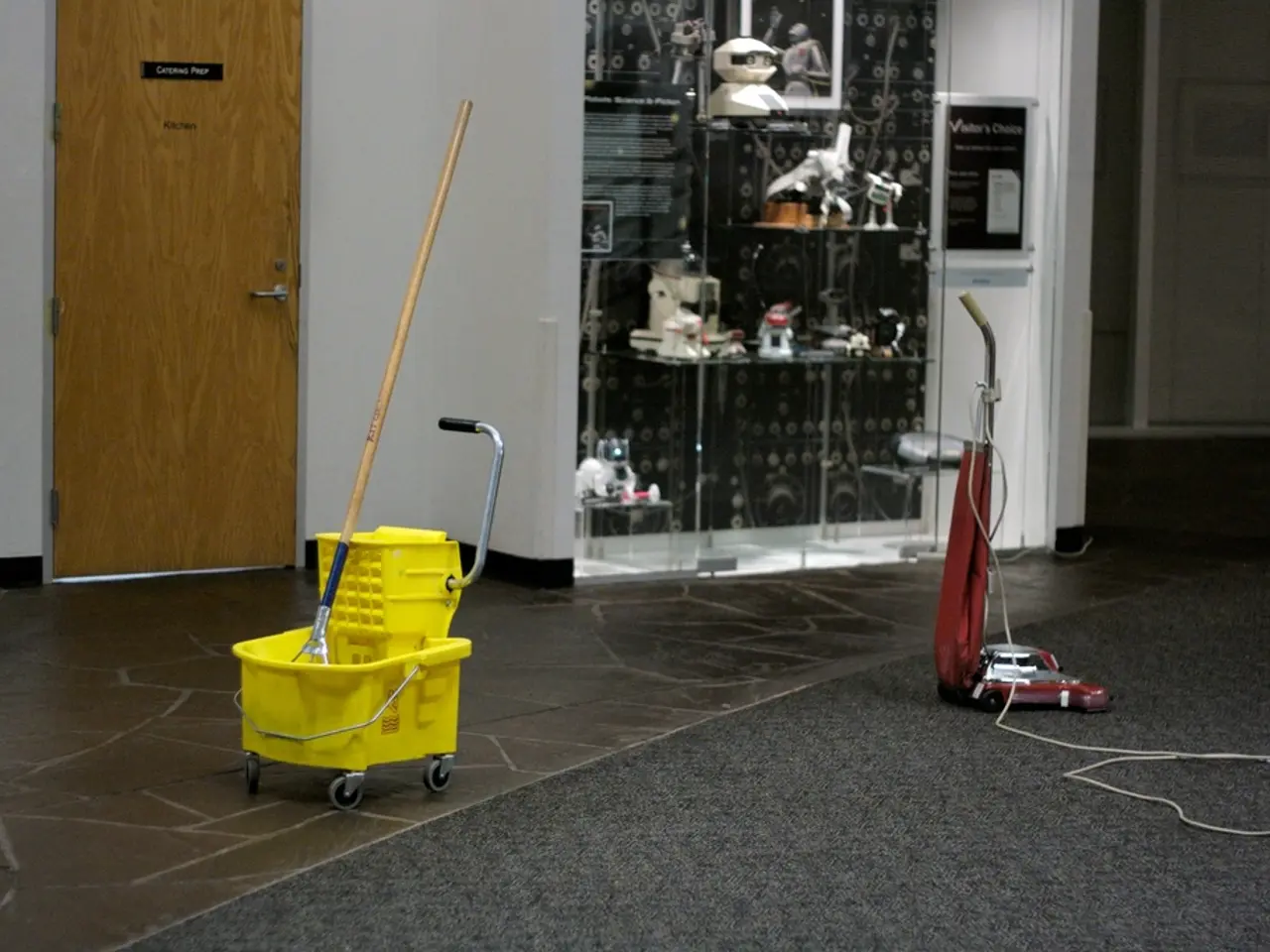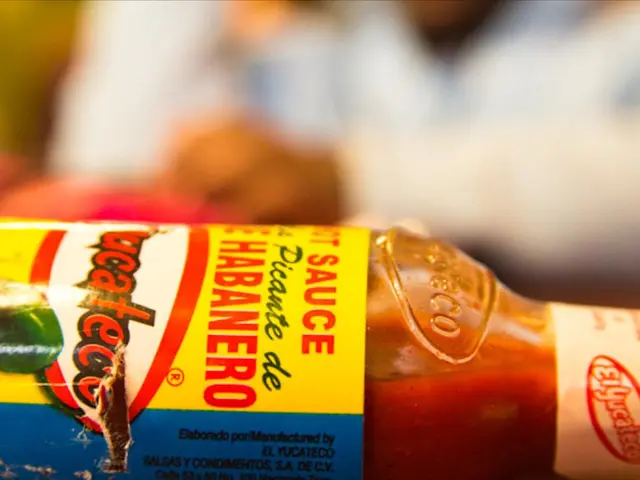Cleaning a Driveway with a Pressure Washer: A 6-Step Guide
In today's fast-paced world, maintaining a clean and presentable home exterior is crucial. One tool that can make this task easier is a pressure washer. This versatile device is not only useful for cleaning a patio, washing a car, and cleaning garden furniture, but it can also be an effective solution for giving your driveway a thorough clean.
However, it's essential to use a pressure washer safely and effectively to avoid causing damage to your driveway or surrounding areas. Here's a step-by-step guide on how to clean a driveway with a pressure washer, ensuring a clean appearance while protecting the surface from damage.
**Choose the Right Pressure Washer and Nozzle**
For driveways made of concrete, asphalt, or pavers, opt for a pressure washer with about 2600+ PSI for concrete/asphalt, keeping it under 3000 PSI to avoid damage to asphalt. A wide-angle nozzle (25° to 40°) is ideal for preventing surface damage and ensuring even cleaning.
**Prepare the Driveway**
Before washing, clear the driveway of debris, leaves, and loose dirt. Pre-treat stains such as oil, grease, rust, or tire marks with a concrete-safe degreaser or driveway cleaner. Let it sit for 10-15 minutes to break down grime.
**Pressure Washing Technique**
Hold the pressure washer wand approximately 12 inches away from the surface (6-8 inches for stubborn stains) at about a 45-degree angle. Use consistent, overlapping sweeping motions to avoid uneven lines or streaks. Work in manageable sections, especially if working in sunlight, to prevent water spots and ensure the cleaning solution does not dry before rinsing.
**Rinsing and Repeat if Necessary**
After the first pass, rinse the driveway and inspect for remaining stains. For stubborn areas, reapply degreaser, wait a few minutes, then pressure wash again. Use hot water (120° to 180° F), if your machine supports it, to better break down grease stains.
**Safety and Best Practices**
Avoid directing high pressure on windows, glass, old wood, peeling paint, or outdoor electronics to prevent damage. Ensure water drains properly away from your driveway to avoid pooling or damage to surrounding areas. Test spray in a less visible area first to get comfortable with pressure settings and technique.
Wearing safety goggles is also crucial during pressure washing to protect your eyes from debris. After pressure washing a driveway, allow it to air dry before putting anything back on it, especially cars.
It's important to note that sandstone driveways are too fragile for high-pressure situations and should be hand-cleaned instead. When pressure washing a driveway, use slow, even strokes and hold the nozzle wand at a slight angle and about 12-18 inches from the surface to avoid damage.
If the grout in your driveway was already loose, you may need to replace it with a product like Sika FastFix Ready Mixed Quick Dry Jointing Compound.
By following these steps, you can safely and effectively restore your driveway's clean appearance while protecting the surface from damage and achieving uniform results. Happy cleaning!
Incorporating a pressure washer into your home-and-garden routine can contribute to a cleaner outdoor-living space, enriching your lifestyle by maintaining a presentable home exterior. Not only does this versatile device excel in cleaning a driveway, patio, car, and garden furniture, but it also offers cleaning hacks for home-and-garden maintenance.




